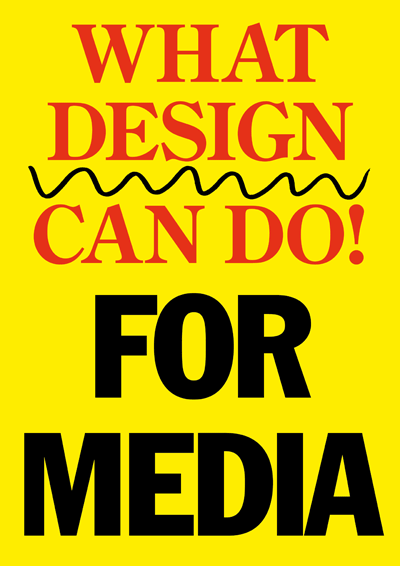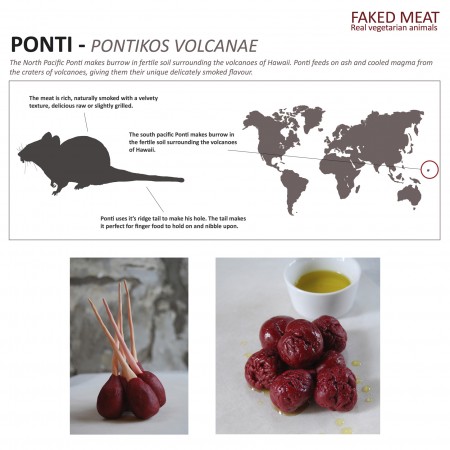26\04\2013
Written by Daan Rombaut
What Design Can Do: 16-17 May
The third edition of the international event What Design Can Do takes place in Amsterdam on 16th and 17th May. The event celebrates the power of design and its problem-solving abilities. During these two days, design is exposed as as a catalyst of change and renewal and a way of addressing the societal questions of our time.
Too often design is associated only with aesthetics, trends and luxury, but design can mean so much more. At its best, design can change, improve, renew, inspire, involve, shock, move, disrupt, help or solve. What Design Can Do intends to demonstrate the value of design thinking as a response to the challenges of today’s world.
With a lineup of international speakers from all design disciplines, What Design Can Do is the platform for designers to manifest the social impact of their profession. Together with the audience, the speakers discuss alternative strategies for the future. Participants are stimulated to come up with their own answers and ideas. This makes What Design Can Do an activist conference, the outcome of which will be published in a book compiled on the spot and presented at the end of the conference.
‘This year’s edition is about good design being good for the world as well,’ explains Richard van der Laken, one of the makers of Gorilla, an illustrated column that appears in various media, and founder of the Designpolitie design studio. As an example of strong and good design, he cites the Faked Meat concept by Dutch designer Marije Vogelzang (see below). She came up with ‘fake’ animals, provided them with a biography and taste, and even created appetising packaging. The result is a welcome addition to the dull and depressing ‘vegetarian meat’ on supermarket shelves. The innovative and convention-breaking capacity of creative people should be deployed to make a better, fairer and cleaner world, argues van der Laken. That is why on 1th and 17th May he is inviting Vogelzang and other creatives from all over the world who are active in fashion, architecture, product design and communication. The time is right to call for action, he says.
‘The current crisis means that bankers, butchers and builders have started to think in totally different ways. The same goes for designers,’ says van der Laken. And they can do it. ‘After all, designers usually think in terms of solutions. What’s more, Dutch designers can do it in highly unorthodox ways that are still down to earth. That’s part of the success of Dutch Design. We have to exploit that quality to the fullest.’ One of the most prominent guests at this year’s two-day event is Mike Kruzeniski, a leading designer at Twitter. Architect Carolyn Steel will talk about the complex logistics required to provide a big city with enough fresh food every day. Hellicar & Lewis are presenting their original communication strategies. Carla Fernandez, the Mexican fashion designer, is also making an appearance as she has been highly successful with her inventive use of traditional design patterns that also benefit less well-off sections of the community in her homeland.
The complete programme can be viewed here: http://www.whatdesigncando.nl/event/program/


